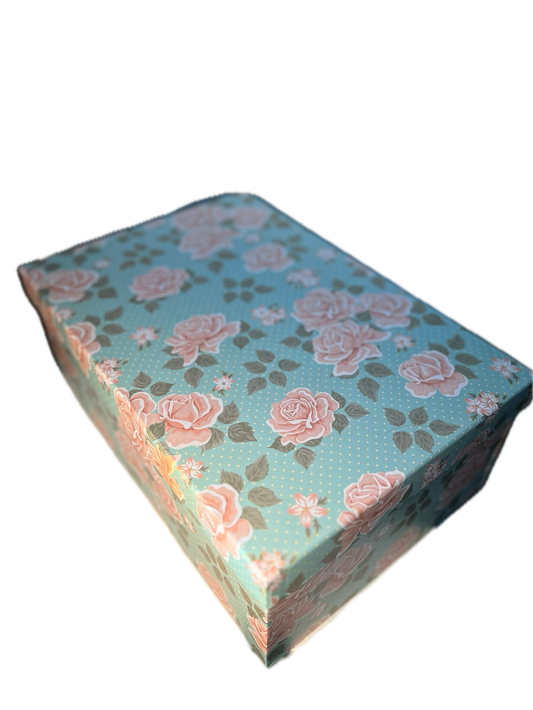Correcting Anterior Pelvic Tilt (APT)
Međimurski cekerKey muscles associated with anterior pelvic tilt
Muscles that are often shortened and overactive:
Iliopsoas (main hip flexor)
Rectus femoris (part of the quadriceps)
Spinal erectors (muscles that extend along the spine)
Muscles that are often weakened and insufficiently active:
Gluteus maximus
Hamstrings (back box)
Abdominal muscles (especially the lower abdominal muscles and transversus abdominis)
Exercises for the correction of anterior pelvic tilt
Stretching of shortened muscles:
Hip flexor stretch: Step forward with one leg, drop your hips down and slightly forward until you feel a stretch in the front of the hip of the back leg.
Rectus femoris stretch: In a standing position, bend the knee of one leg back and grasp the ankle with the hand of the same side, pulling it towards the buttocks.
Erector Spine Stretch: Sitting on the ground with your legs extended, bend your body forward towards your legs trying to touch your toes.
Strengthening of weakened muscles:
Glute Bridges: Lying on your back with knees bent and feet on the ground, lift your hips toward the ceiling while contracting your glutes.
Plank: Lying on your stomach, raise your body on your elbows and toes, keeping your body straight, focusing on tightening your abdominal muscles.
Superman: Lying on your stomach, lift your arms and legs off the ground at the same time keeping them straight, focusing on strengthening your lower back.
Postural exercises:
Pelvic tilts: Lying on your back with your knees bent, gently lift your lower back off the floor and then press it back toward the floor, using your abdominal muscles.
Kettlebell deadlifts: Using kettlebells or dumbbells, bend at the hips while keeping your back straight, lift the weight focusing on activating your glutes and hamstrings.
Additional tips for correcting anterior pelvic tilt
Ergonomics: Check the work environment, especially the way you sit and the height of the chair. Sit so that your knees are at or slightly below the level of your hips.
Postural awareness: Check your posture regularly throughout the day. Try to keep your shoulders pulled back and your hips neutral.
Consistency: Regular exercise and stretching is key to achieving and maintaining postural changes.
If pain or postural problems persist, consultation with a physical therapist or orthopedic specialist is recommended to tailor an exercise plan to specific needs.








































































